The Costa Tropical is the coastline between the Costa del Sol and Costa Almeria – 40 miles east of Malaga, 40 miles west of Almeria and 40 miles south of Granada – the coastline of the province of Granada between Nerja and La Rabita.
The most popular towns from west to east are La Herradura, Almunecar, Salobrena and Motril. Travelling inland from the coast, the scenery was mountainous with every inch of available earth terraced and cultivated with avocado orchards. Spread out in the flat valley floors were enormous plastic structures acting as green houses growing the flowers, fruits and vegetables that consumers demand year round, giving the area its name – Costa Tropical.
The weather on the Costa Tropical usually enjoys cooler summers and warmer winters than the rest of southern Spain; our experience in late March was that it was cooler than England, and wetter, with plenty of Sahara sand in the downpours.
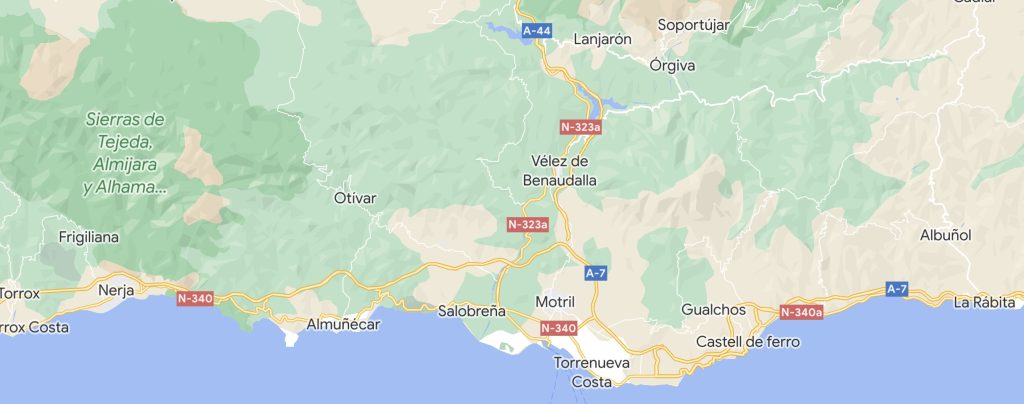
LA HERRADURA – just west of Almunecar, the smallest of the Costa Tropical towns, La Herradura is the most picturesque of the coastal villages, named La Herradura – horseshoe – because of its beautiful horseshoe shaped bay which is surrounded on both sides by two points, Punta de la Mona and Cerro Gordo, each capped with an ancient torre – watch tower.
ALMUNECAR – the most popular of the Costa Tropical towns, located between La Herradura and Salobreña. It has the largest number of restaurants and hotels as well as the most numerous beaches. We were fortunate to see dolphins playing just off the shore.
SALOBRENA – east of Almuñécar, an ancient white-washed village clings to the cliffs and is crowned with a Moorish castle. The village of Salobreña was built on a large rock that sits in the middle of a sugar cane plantation, a unique place with winding alleys, flowered walks and long beaches.
MOTRIL – the most densely populated town on the Costa Tropical from where tropical fruits and vegetables are exported all over the world. Cruise ships and ferries to Morocco and other parts of Africa also share the port.
CALAHONDA – very typically Spanish with fewer foreign tourists than the other towns, lying in a beautiful coastal area with long, wide, sandy beaches.
LA RABITA – a small village drowning in plastic covered greenhouses and Saharan sand, devoid of locals and replaced with immigrant greenhouse workers. We made a quick exit before the atmosphere choked us and the sadness overwhelmed us.
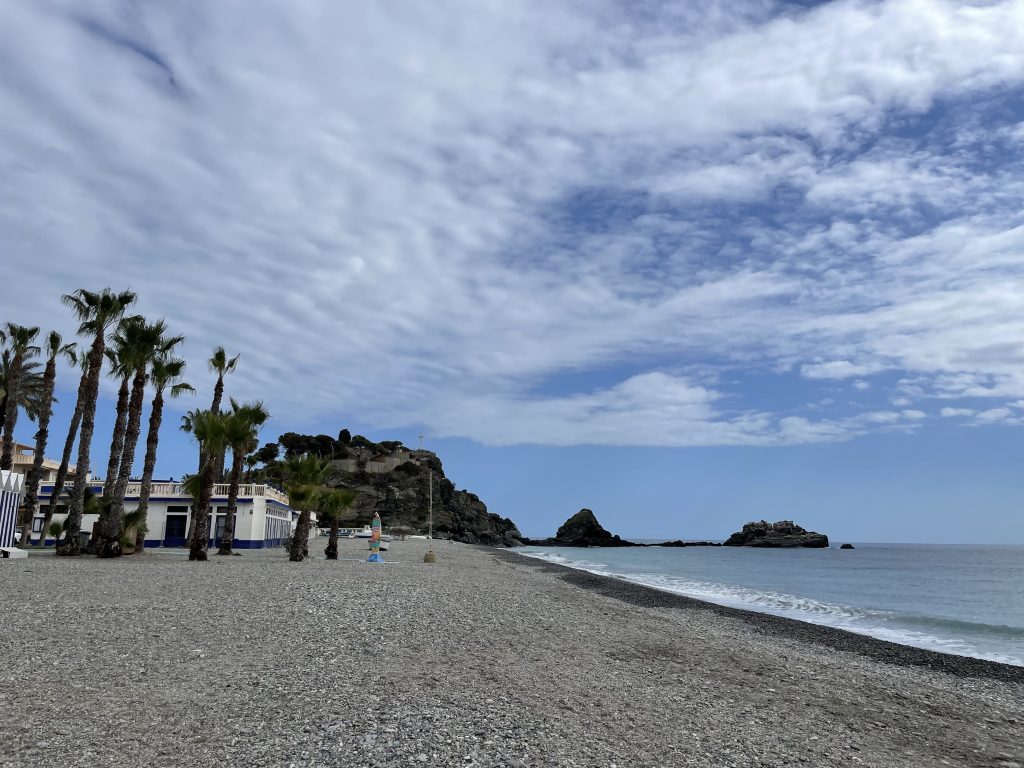
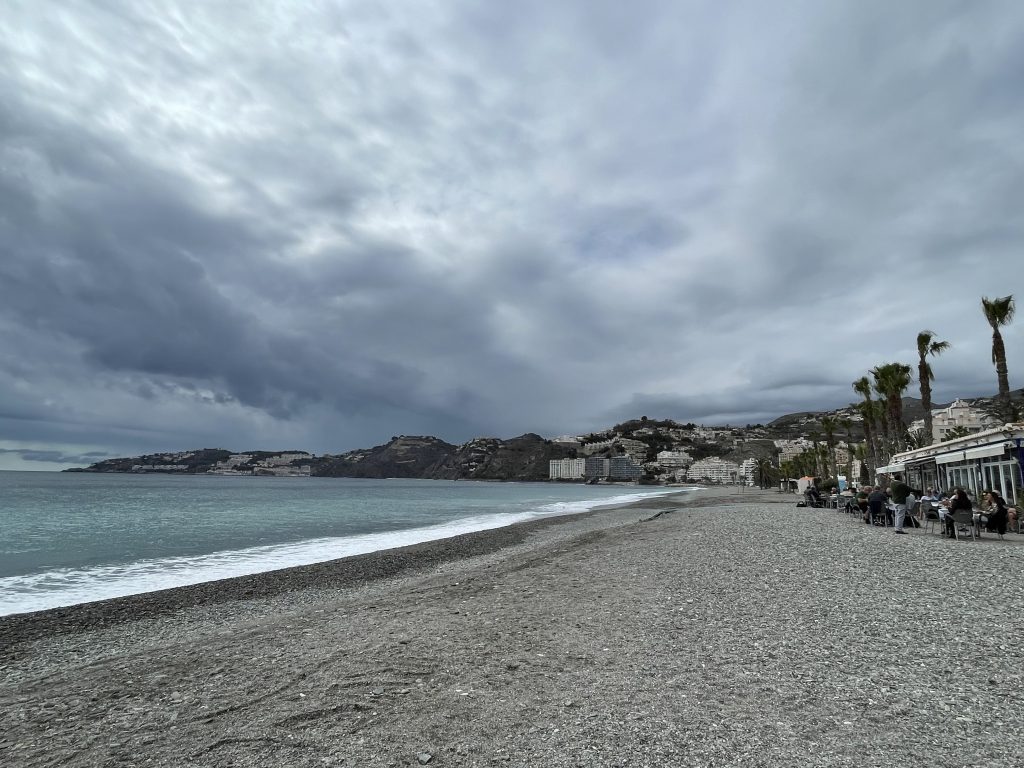
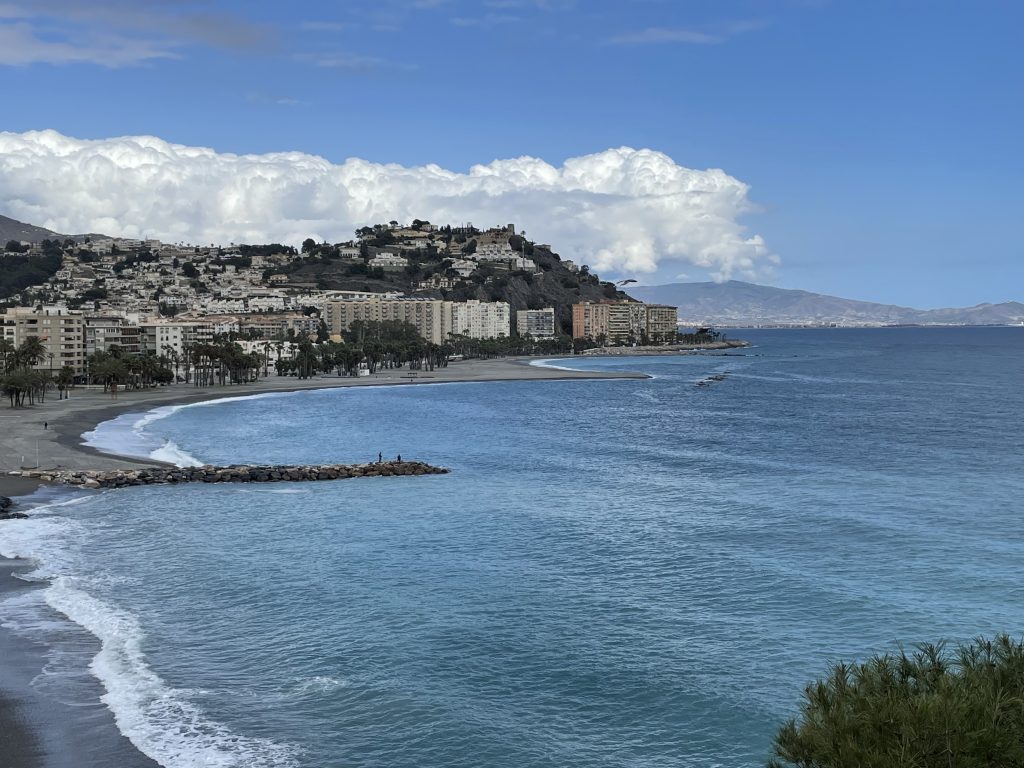
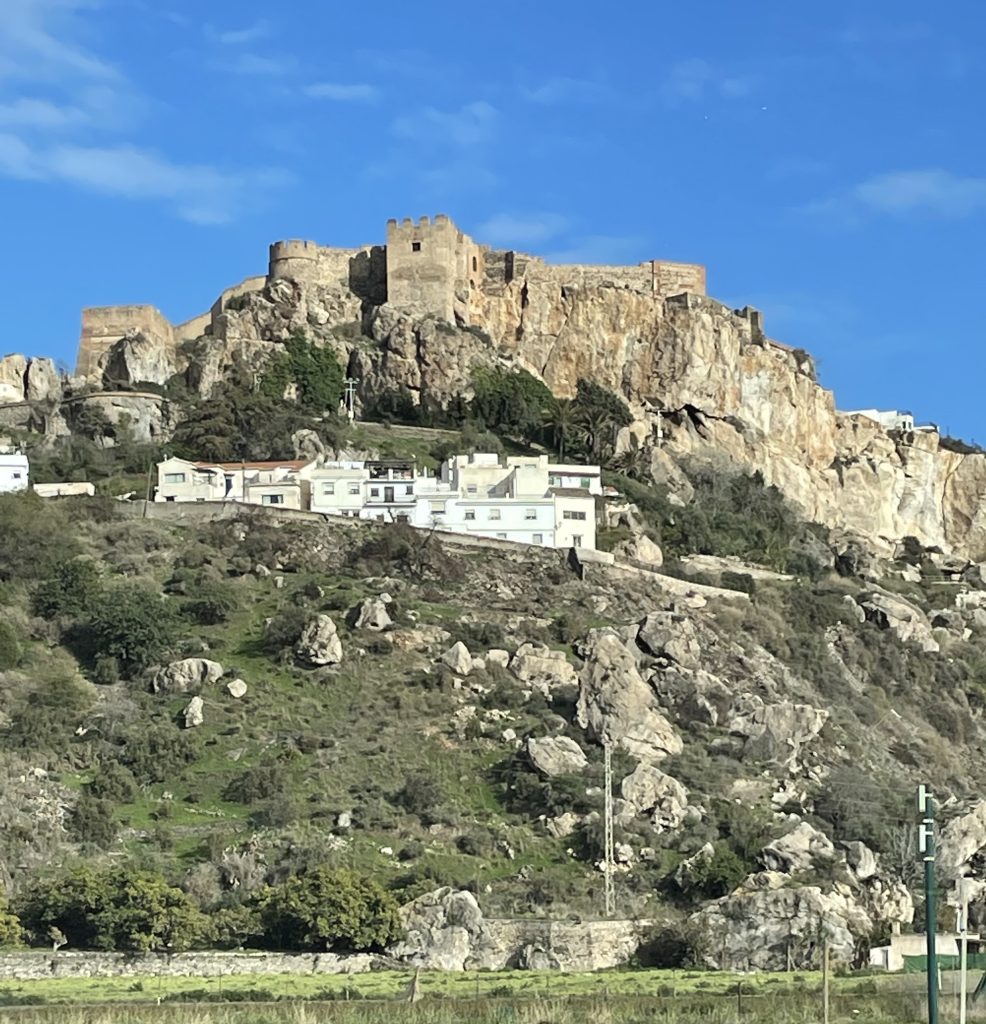
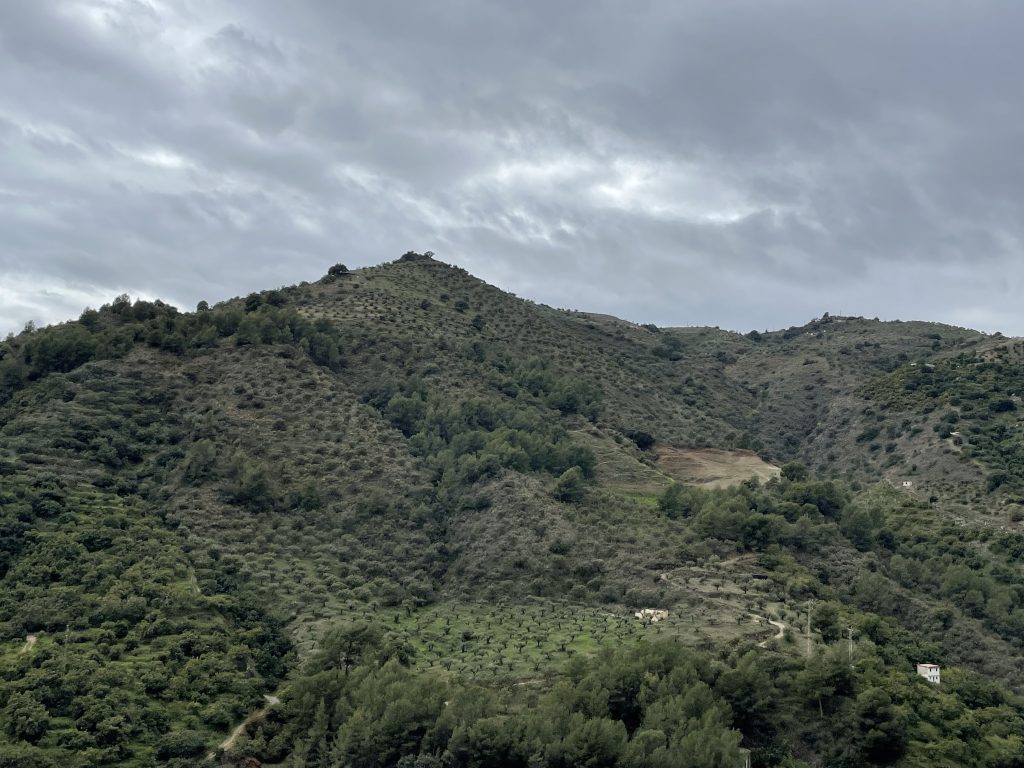
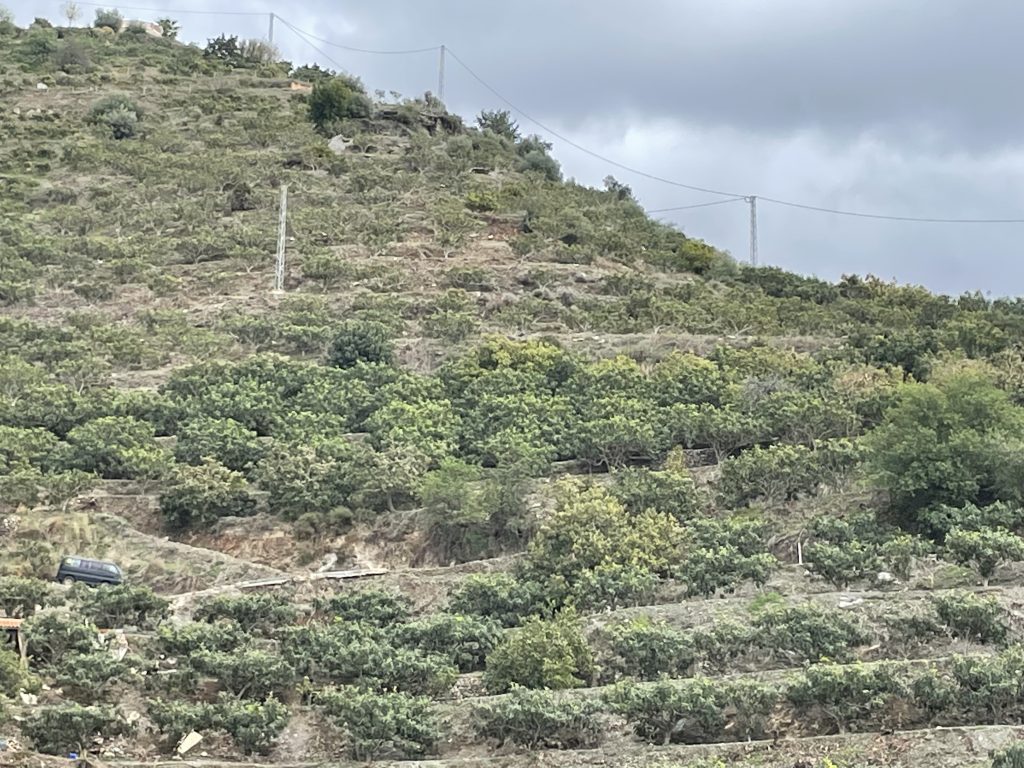
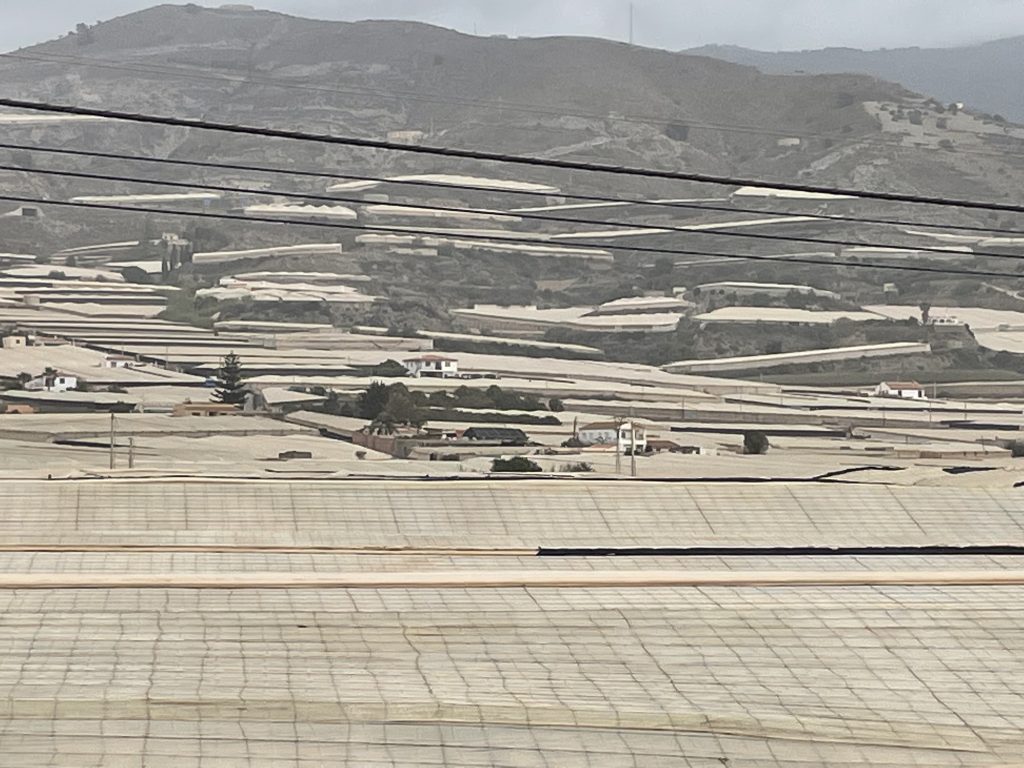
If you want to leave a comment, click on the date below and write in the comment box at the bottom of the page.